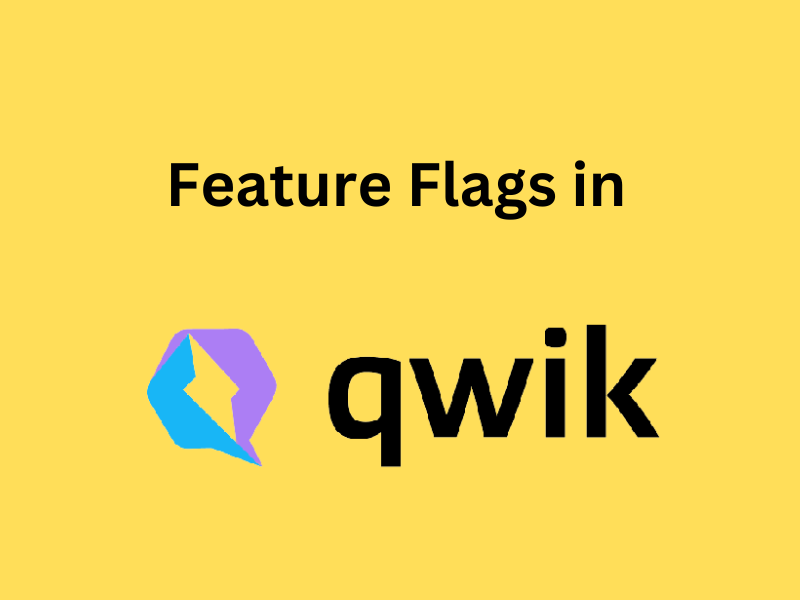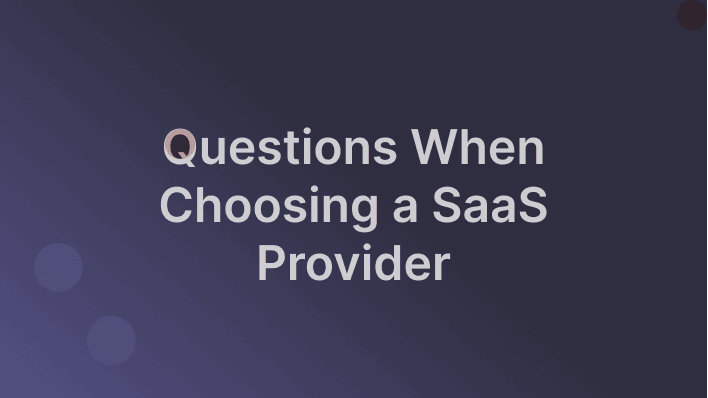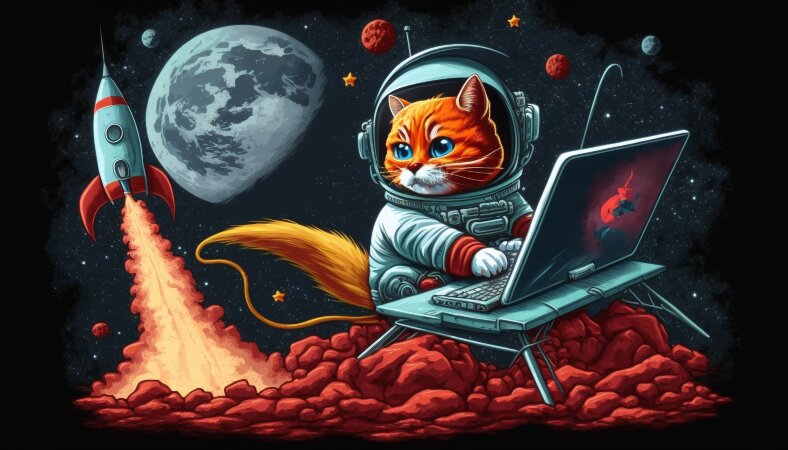Boost Web Dev with Qwik and Feature Flags - Complete Guide
In software development, being quick is always an asset. In a world where everything moves at a nauseating speed, you can’t afford to waste time. This means every second counts, especially when it comes to loading a website! Fortunately, frameworks are constantly evolving and becoming faster and lighter every day. In this written piece, we'll look at development in Qwik with the help of feature flags.














